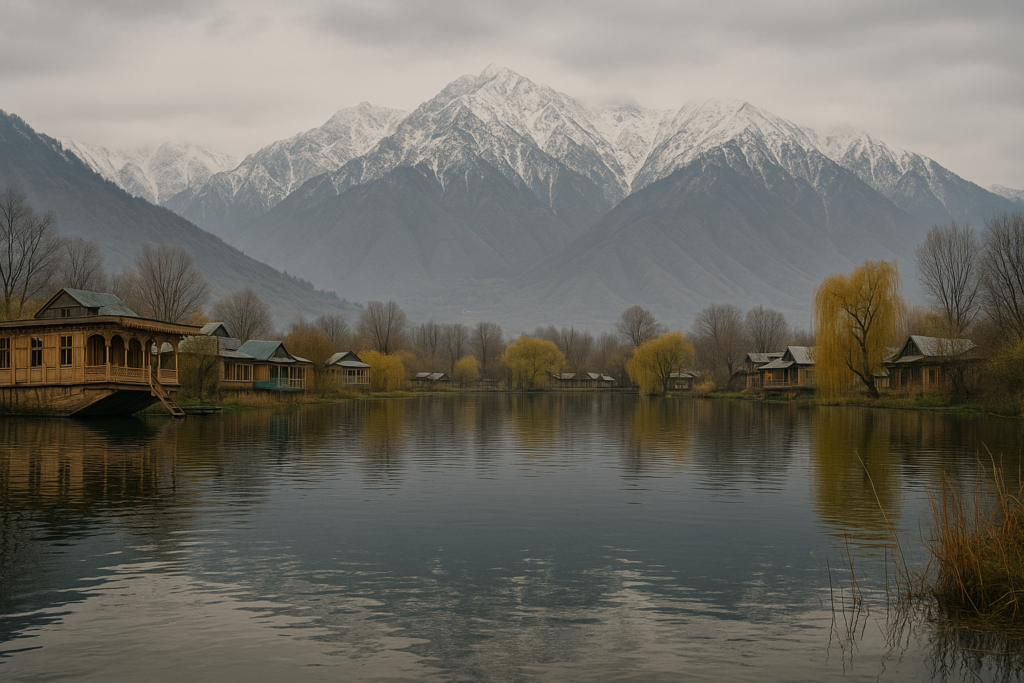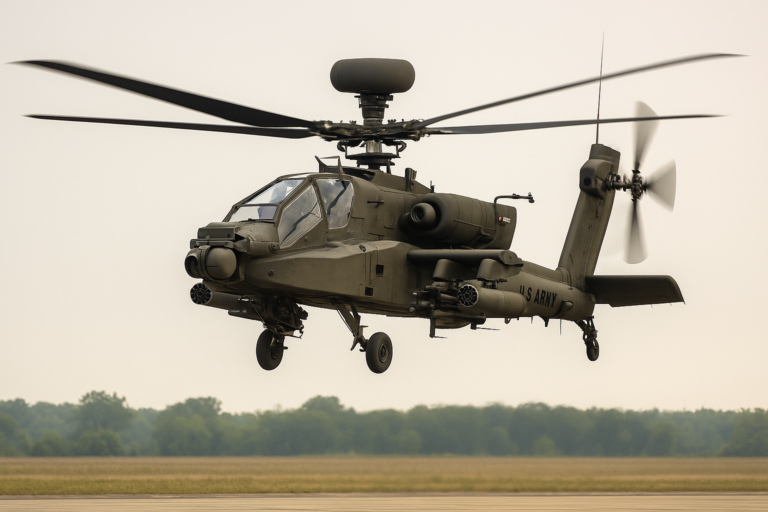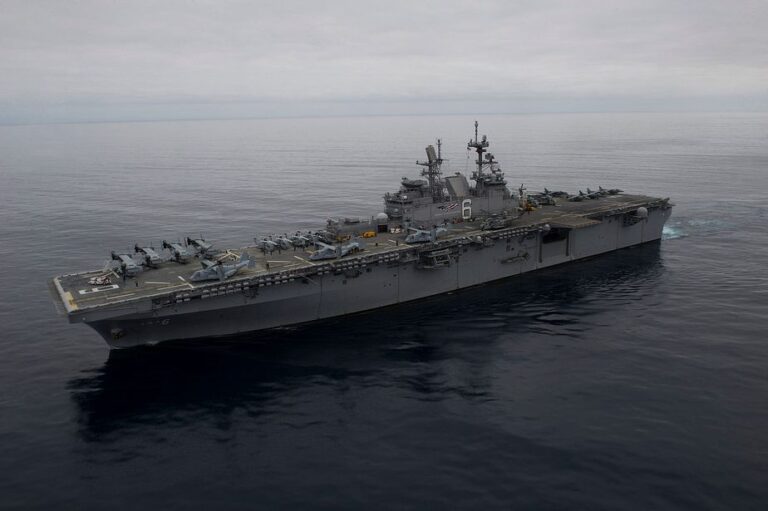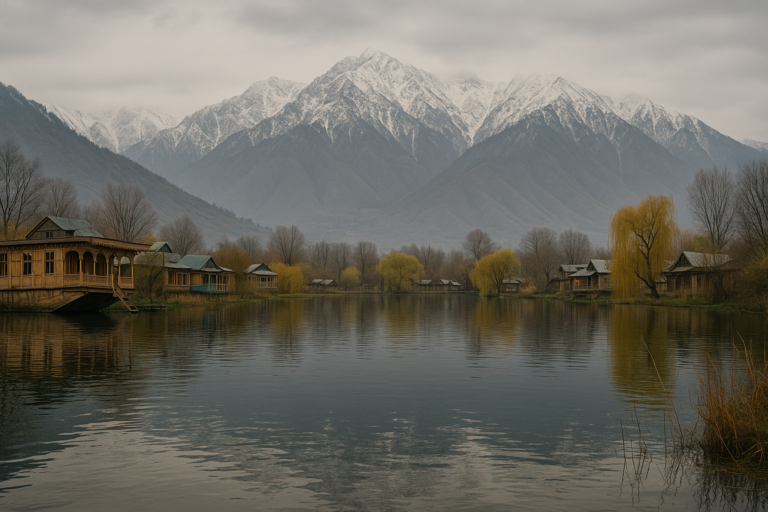
Introduction
The Kashmir conflict is one of the world’s most enduring and dangerous disputes. Situated between India and Pakistan, this picturesque region has been a flashpoint for military clashes, diplomatic standoffs, and ideological battles for more than seven decades. With two nuclear-armed neighbors vying for control, Kashmir has become a symbol of unresolved history and simmering hostility.
Origins of the Conflict
In 1947, British India was partitioned into two independent states: India, with a Hindu majority, and Pakistan, with a Muslim majority. The princely state of Jammu and Kashmir, a Muslim-majority region ruled by a Hindu Maharaja, was caught in a dilemma. Pressured by an invasion of tribal militias from Pakistan, Maharaja Hari Singh signed an Instrument of Accession to join India, sparking the first Indo-Pakistani War (1947-1948).
The Line of Control
The war ended with a United Nations-brokered ceasefire in 1949, which established the Line of Control (LoC) – a temporary but fiercely contested border that divided Kashmir into two regions: India-administered Jammu & Kashmir and Pakistan-administered Gilgit-Baltistan and Azad Kashmir.
Strategic Importance of Kashmir
Kashmir is not just a mountainous paradise. It is a region of immense strategic value for both countries:
- Water Resources: The Indus River, which is vital for Pakistan’s agriculture, originates in Kashmir.
- Military Significance: Kashmir is home to the Siachen Glacier, the world’s highest battlefield, where Indian and Pakistani forces have clashed since 1984.
- Geopolitical Leverage: Control over Kashmir offers strategic depth for both nations in the context of South Asian politics.
Major Conflicts Over Kashmir
- First Indo-Pak War (1947-1948): Triggered by the Maharaja’s decision to join India, leading to the creation of the LoC.
- Second Indo-Pak War (1965): Sparked by Pakistan’s Operation Gibraltar, leading to a bloody stalemate.
- Kargil War (1999): High-altitude conflict in which Pakistan’s soldiers and militants infiltrated Indian positions.
- Siachen Conflict (1984–present): An ongoing military standoff over the Siachen Glacier.
The Modern Crisis: Article 370
In August 2019, India revoked the special status of Jammu and Kashmir, which had been granted under Article 370 of its constitution. This move triggered widespread protests, international criticism, and a severe diplomatic fallout with Pakistan.
2025: A Deadly Escalation
In April 2025, 26 tourists were killed in a terror attack in Pahalgam, Kashmir. India accused Pakistan-backed militants of carrying out the attack, leading to the suspension of the Indus Water Treaty and accelerated hydroelectric projects in Kashmir.
Why the World Should Care
The Kashmir conflict is not just a bilateral issue between India and Pakistan. With nuclear weapons on both sides, a full-scale war could have catastrophic global consequences. The dispute also highlights the challenges of unresolved historical grievances, religious tensions, and territorial ambitions.
Conclusion
Kashmir remains a symbol of conflict, suffering, and unresolved history. It is a reminder of how colonial legacies, ideological differences, and national ambitions can create a conflict that lasts for generations. Resolving this dispute requires courage, diplomacy, and a commitment to peace – but achieving that seems as distant as ever.


